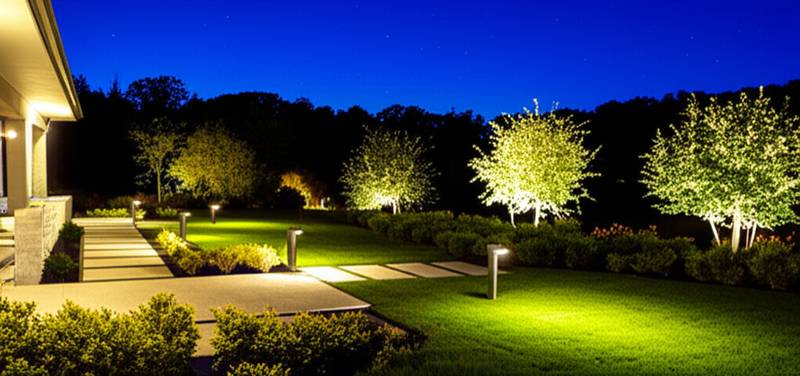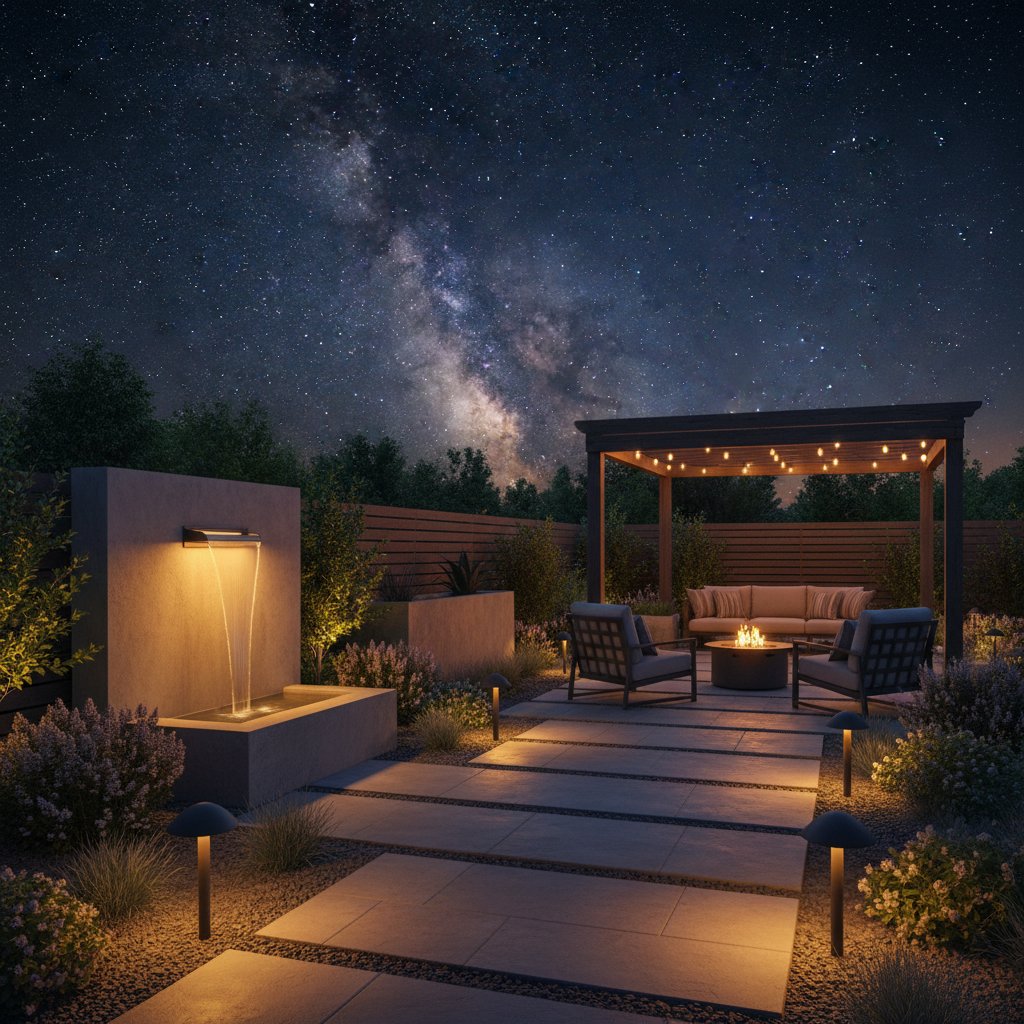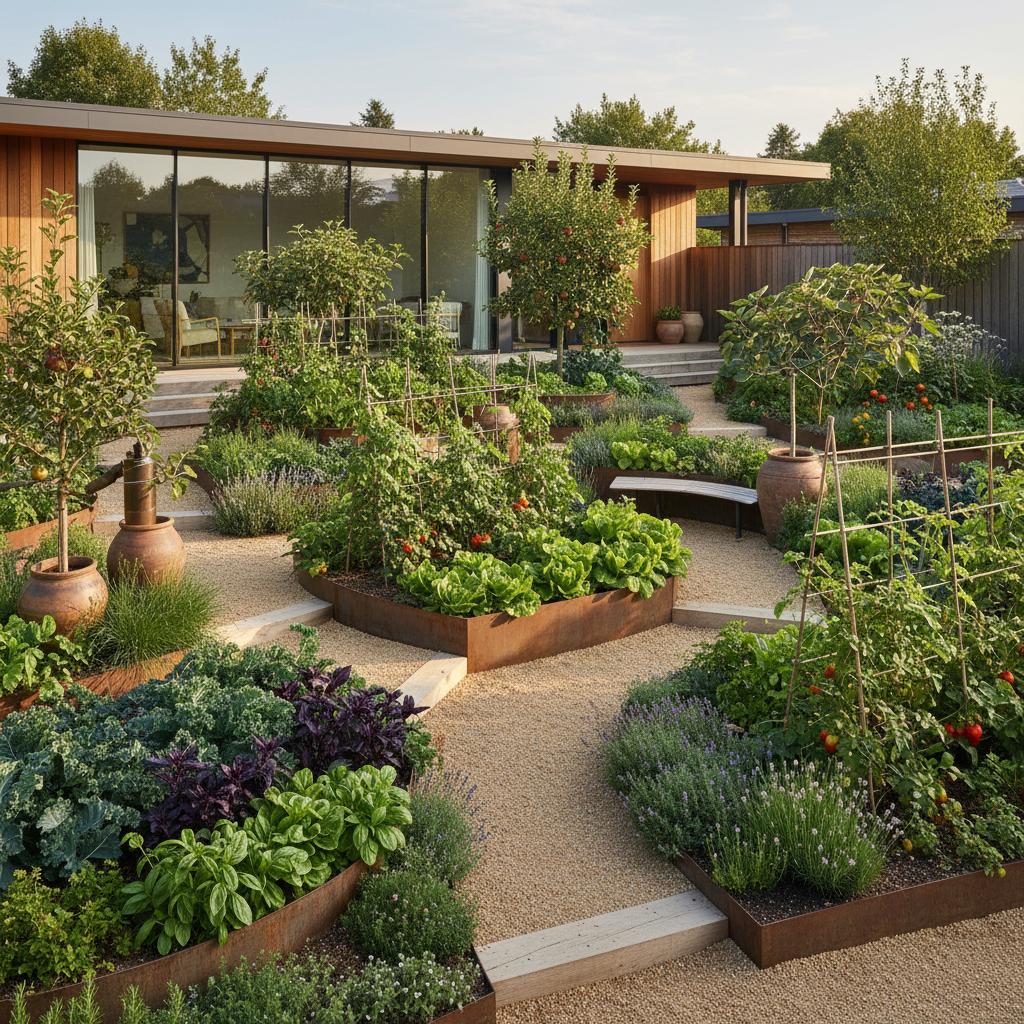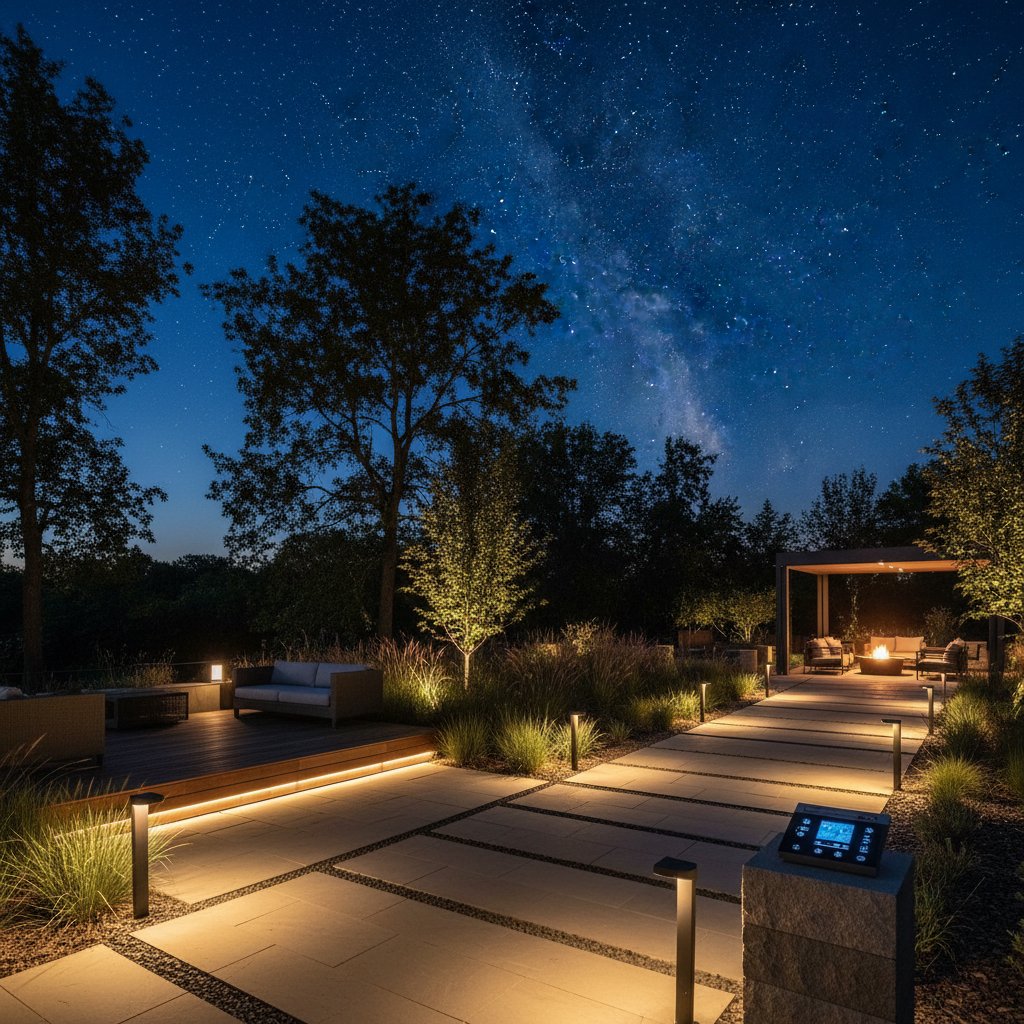Dark Sky Lighting: Outdoor Illumination Codes for 2025
Step outside at night and consider whether your yard lights feel excessively bright or harsh. Perhaps light from a neighbor's porch floods your garden, obscuring stars and diminishing evening serenity. Homeowners increasingly recognize that light, though essential for comfort and utility, can dominate spaces. The dark sky lighting movement encourages reclaiming the night sky while maintaining safe, inviting outdoor areas.
This guide explains dark sky lighting, highlights the importance of updated illumination codes, and provides steps to align your landscape lighting with these standards.
Reasons for Updated Lighting Codes
New outdoor illumination codes promote responsible practices by regulating brightness, direction, and duration of lights. These guidelines direct homeowners, builders, and businesses toward designs that adhere to dark sky principles.
Key drivers for these changes include:
- Light Pollution Reduction: Surplus light disperses in the atmosphere, forming a haze that conceals stars and planets.
- Wildlife Protection: Numerous species rely on natural light cycles for navigation and foraging. Intense artificial lighting disrupts these patterns and causes harm.
- Energy Conservation: Targeted lighting minimizes waste, which decreases utility costs.
- Enhanced Safety: Directed illumination improves visibility without causing glare, aiding navigation on paths and reducing accident risks.
These codes extend beyond regulations; they reflect a community-wide evolution in outdoor design. Lighting now integrates ecological stewardship alongside aesthetics and security.
Designing with Dark Sky Principles
After identifying areas for improvement, approach lighting design deliberately. Balance light and shadow to emphasize key features while allowing natural darkness to prevail.
Follow these principles:
- Illuminate Essentials Only: Direct light to pathways, entrances, and social zones. Refrain from broad illumination of unused areas.
- Select Shielded Fixtures: Choose downward-directed lights, such as those certified as full cut-off or dark sky compliant.
- Prefer Warm Tones: Install bulbs emitting soft amber hues. Avoid cool white or blue lights, which exacerbate glare and sky glow.
- Regulate Intensity: Incorporate dimmers or low-wattage options to foster a relaxed ambiance.
- Integrate Automation: Employ motion sensors, timers, and smart systems to activate lights solely when required.
Such planning preserves beauty and safety; it often amplifies them. Subtle light and shadow render gardens more tranquil, trees more defined, and homes more hospitable.
Implementing Your Design
With a plan in place, proceed through manageable phases. Prioritize high-impact zones without overhauling everything immediately.
Upgrade Fixtures
For lights that cast upward or sideways beams, opt for shielded replacements. In many cases, retrofits suffice: attach shields or realign fixtures to curb spillover.
Optimize Positioning
Relocate lights to concentrate beams precisely. Position path markers low to the ground and tilt them downward. Ensure no light enters windows or crosses property lines.
Refine Automation
Add timers or sensors to restrict operation periods. These adjustments align with dark sky objectives and curb energy consumption.
Evaluate Results
Post-adjustment, observe the setup at dusk. Assess the mood: Does it evoke calm? Are stars more visible? Refine based on these insights.
Sustaining Your Lighting System
Dark sky-compliant landscapes require consistent upkeep, much like garden maintenance. Regular checks ensure enduring performance.
Routine Cleaning
Accumulated dust, leaves, or insects on fixtures scatter light inefficiently and reduce appeal. Periodic cleaning preserves clarity and effectiveness.
Bulb Management
Bulbs gradually lose intensity or alter tone. Swap them promptly to sustain desired warmth and output.
Automation Reviews
Landscape evolution demands lighting adaptations. Update timers seasonally and verify sensor placements for optimal function.
Guideline Updates
Local codes evolve periodically. Periodic reviews keep your system compliant and supportive of environmental goals.
Experiencing a Restored Nighttime Landscape
Balanced lighting reveals new dimensions in your outdoor space. Shadows add intrigue to foliage, while stars gleam over ponds or foliage. Everyday elements gain nuance under diffused light.
This approach transforms evening routines, encouraging contemplation and immersion. Emphasis moves from stark visibility to cohesive ambiance.
Recline under adjusted lights and sense the night's expanse. Crickets chirp steadily, leaves whisper, and distant owls call. Darkness nurtures these elements, and your design safeguards them.
Fostering Long-Term Garden Health
Dark sky lighting achieves equilibrium: sufficient illumination for security paired with night's inherent magic. Ongoing care benefits flora, fauna, and community.
Incremental efforts count. Shielded units, warm sources, and strategic placement build sustainable serenity. These decisions cultivate spaces attuned to natural cycles.
Beauty emerges without excess brilliance. Allow darkness to enhance your garden's allure.



